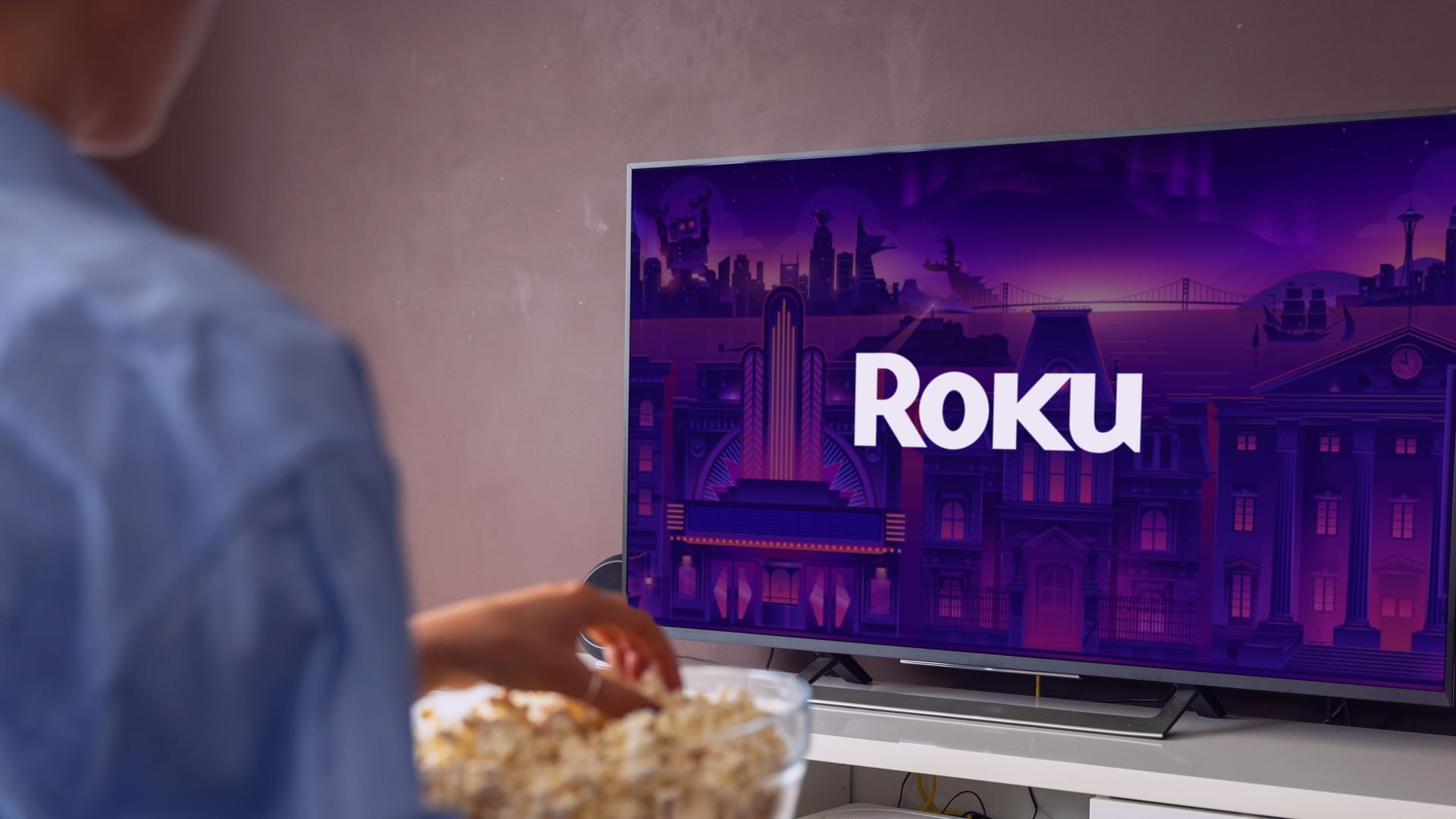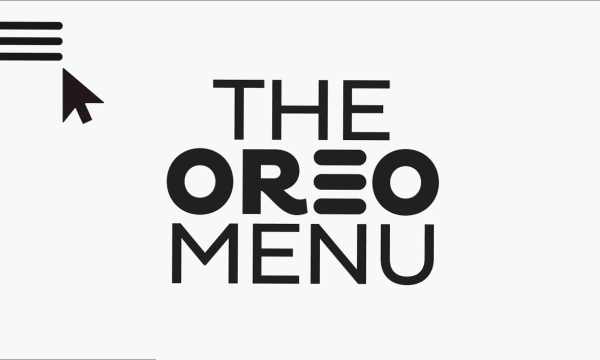During the pandemic we saw a huge increase in users on connected device platforms and especially Roku. We’ve partnered with many clients to design and build Roku apps, from a major sports league to a college basketball tournament to a major anime platform. In order to design and build a Roku app that performs it is necessary to focus on the following four areas:
Process
Deploying apps for Roku is a unique process compared to other connected TV platforms, and often requires careful planning and scheduling. The Roku certification process can be strict and lengthy. You need to make sure you or your development partner has navigated this process before and know exactly how to build a plan to ensure your apps will make it in to the store right on schedule. A good way to do that is to make sure your team is up-to-date on the Roku certification process. If your app meets all the applicable criteria and there are no bugs, the process should be a smooth one.
Implementation
A great Roku experience is optimized to keep user interfaces quick and responsive. Processes such as building lightweight reusable components, optimizing multithreaded operations, batching groups of tasks, and composing standard system nodes where possible, ensure that Roku apps consistently look and feel great. Implementing strong data validation protects Roku apps against any data corruption that may originate in a backend system, preventing crashes and errors and keeping things running smoothly.
Tools
The Roku development kit does not include many of the standard tools developers may be used to from other environments, so it’s helpful to implement custom tools to fill in those gaps and make it easier to deploy and debug code on Roku devices. Essential debugging functionalities such as monitoring network traffic and proxying server calls are not available by default on Roku, and so custom tools are required to bridge that gap and allow us to save substantial time during the development and testing process.
User Experience
A goal of many app publishers is to create a common user experience across all devices. While the feature set and look and feel should be the same, it is essential to cater to Roku best practices so that the overall experience feels right for Roku. Roku apps require special care to correctly handle focus states on controls, navigation flows, input events, and so on, and you need to design and develop for these paradigms. You also need to know when it makes sense to stick with established conventions when appropriate, as well as when to deviate and build custom interfaces that provide the perfect experience for the user and the brand. There is definitely a memory and performance tradeoff for implementing a more complex UI, especially with the lightweight Roku devices.
Following these four principles will help you launch a successful Roku app that delivers on budget with five star reviews from your users.


